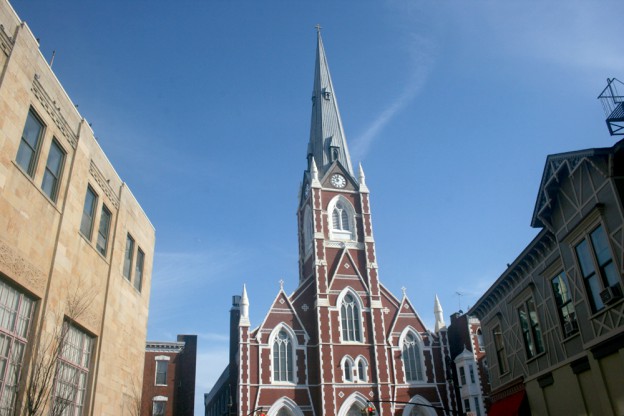Dear friends: a bittersweet announcement.
I will be moving my studio next week. Things have been a bit quiet around here lately because I have been completely engaged in coordinating the details of finding a new space.
Our sweet, ancient time-out-of-time loft building on West Broadway was sold to developers earlier this year, and all the tenants received eviction notices in May. The new owners intend to demolish all of the buildings on West Broadway between Murray and Warren Streets to build luxury condominiums. The buildings along this stretch have been occupied for decades by dozens of artists and small businesses. This project is part of the irrevocably damaging trend of over development that’s sweeping through New York City right now, and it threatens, in particular, the historic character of the TriBeCa neighborhood where I’ve worked these last few years.
71 West Broadway has been such an incredible place to work. Old buildings have a magic to them that cannot be duplicated. To leave this space knowing that it will be destroyed is a deep heartache that I’ve been grappling with now for months. The light, the old wood, the absolutely frigid days in January, the camaraderie of the neighbors during this ordeal. I am so grateful for all of it.
I will be welcoming visitors this week, to the extent that I am able. If you’d like to come by, please get in touch.
I’m very fortunate to have found a beautiful new (light-filled!) studio in the Garment District through a friend of a friend, where you’ll be able to find me come September 1st, but I want to take this opportunity to start a dialogue about what’s happening to affordable creative space in New York City (and in cities all over the world), and to leave you with some resources, should you feel called to take action:
Lynn at TriBeCa Trust was one of the first people I spoke with about our situation, and she is valiantly fighting to expand historic district protection in TriBeCa (our building is only a few buildings away from the current protected district lines), you can learnmore about her work here, and be sure to sign the petition to protect TriBeCa.
The pioneering work of the Artist Studio Affordability Project is of great interest to me. They are organizing the art community to fight for affordable studio space in New York City.
The Queens Museum & Art F City hosted a conference called Stay in New York in June, and the livestream is available here.
And the Lower East Side Preservation Initiative, an organization that is fighting for the neighborhood where I live, is also worthy of your support.
Also, as a side note, if you know of anyone living in an illegal loft conversion in the city, please make sure they know that the Loft Board registration reopened at the end of this last legislative session in June, and that they may now have the chance to be protected under NYC’s loft laws. More info here.
I love this city too much to stand by while it’s reduced to chain stores and glassy towers, and if affordable creative space is important to you or to those you love, I urge you to get involved, write your elected officials with your concerns, and above all, get to know your neighbors and your community and be truly present in the places where you live and work.
I will leave you with this passage from Jane Jacobs’ book, The Death and Life of Great American Cities, in her chapter entitled “The Need for Old Buildings:
“Cities need old buildings so badly it is probably impossible for vigorous streets and districts to grow without them. By old buildings I mean not museum-piece old buildings, not old buildings in an excellent and expensive state of rehabilitation–although these make fine ingredients–but also a good lot of plain, ordinary, low-value old buildings, including some rundown old buildings.
If a city area has only new buildings, the enterprises that can exist there are automatically limited to those that can support the high costs of new construction. These high costs of occupying new buildings may be levied in the form of an owner’s interest and amortization payments on the capital costs of the construction. However the costs are paid off, they have to be paid off. And for this reason, enterprises that support the cost of new construction must be capable of paying a relatively high overhead–high in comparison to that necessarily required by old buildings. To support such high overheads, the enterprises must be either (a) high profit or (b) well subsidized.
If you look about, you will see that only operations that are well established, high-turnover, standardized or heavily subsidized can afford, commonly, to carry the costs of new construction. Chain stores, chain restaurants and banks go into new construction. But neighborhood bars, foreign restaurants and pawn shops go into older buildings. . . . Well-subsidized opera and art museums often go into new buildings. But the unformalized feeders of the arts–studios, galleries, stores for musical instruments and art supplies, backrooms where the low earning power of a seat and a table can absorb uneconomic discussions–these go into old buildings. Perhaps more significant, hundreds of ordinary enterprises, necessary to the safety and public life of streets and neighborhoods, and appreciated for their convenience and personal quality, can make out successfully in old buildings, but are inexorably slain by the high overhead of new construction.
As for really new ideas of any kind–no matter how ultimately profitable or otherwise successful some of them might prove to be–there is no leeway for such chancy trial, error and experimentation in the high-overhead economy of new construction. Old ideas can sometimes use new buildings. New ideas must use old buildings.”
This is from the Analog Beauty blog
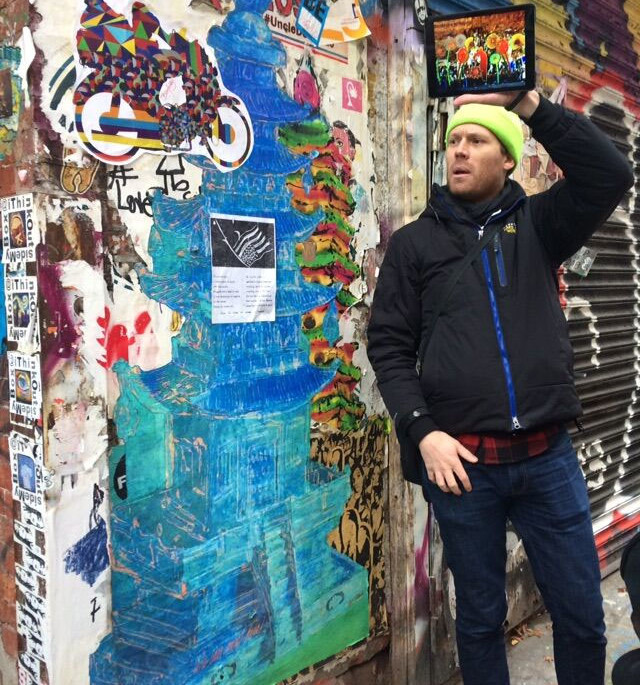

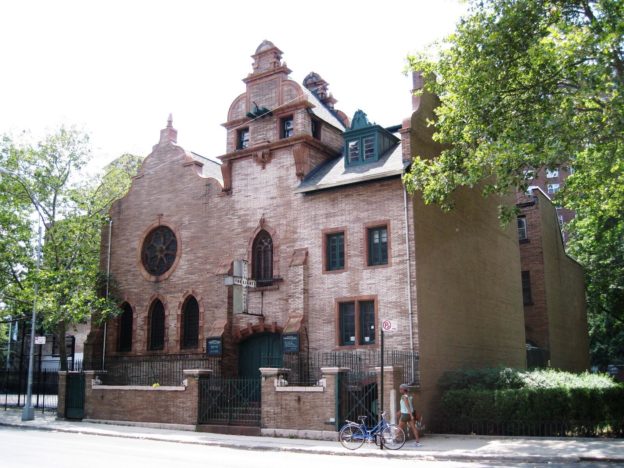
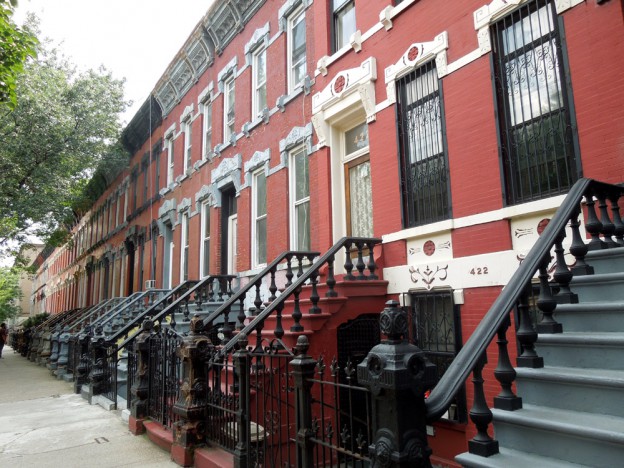


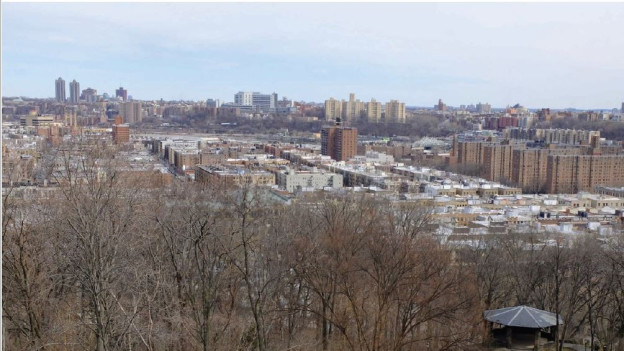


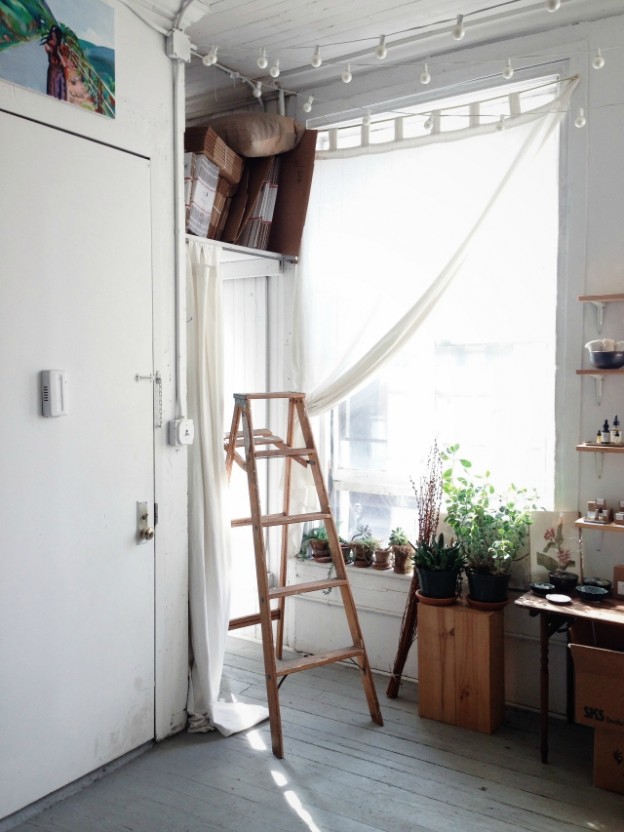
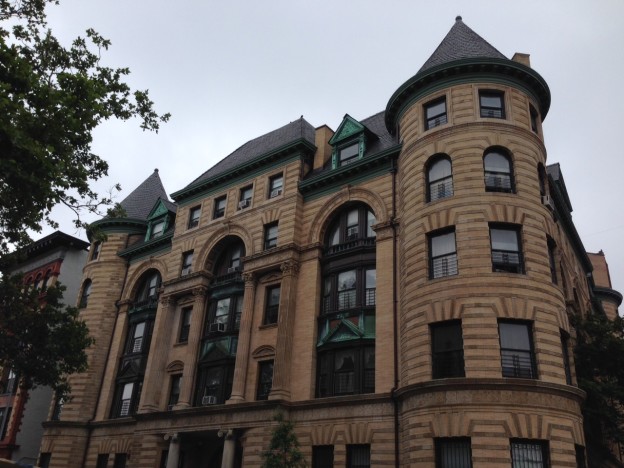

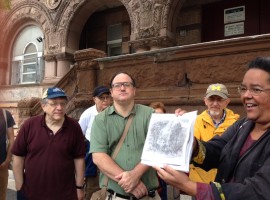
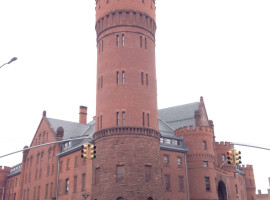
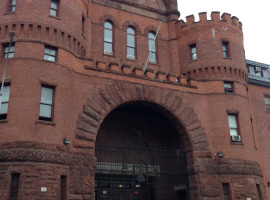

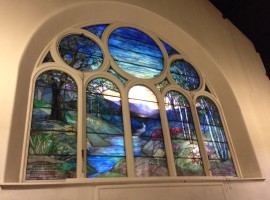

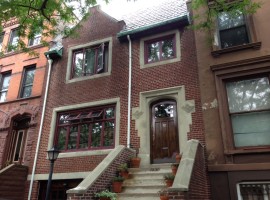
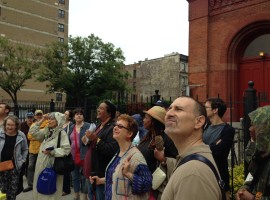
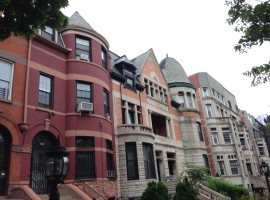
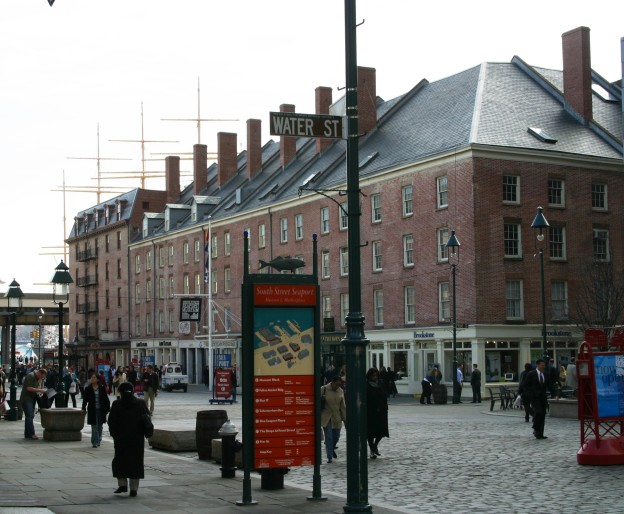
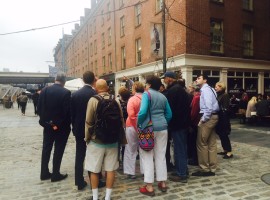
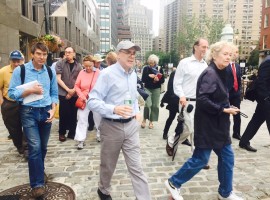
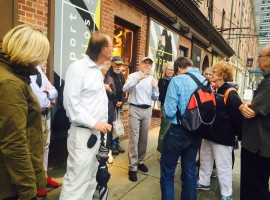

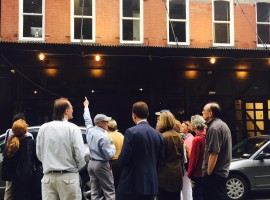
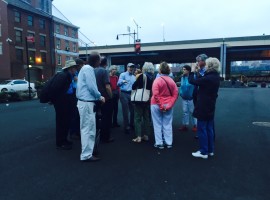
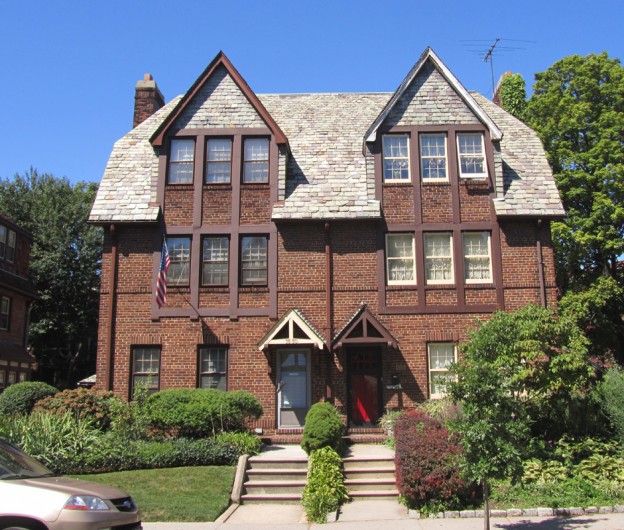

 Join us for a tour of the ever-changing Queens Plaza in Long Island City, where 350 years of history exhibit New York City’s cutting-edge spirit. From the Dutch Kills Green millstones to Sunnyside Yards, from loft buildings to new towers and tech industry, the area is both dynamic and connected to its past. Queens Plaza opened in 1909 to accommodate the connection of the Queensboro Bridge to Queens, and once served as the borough’s transportation hub and financial and business center. While major redevelopment plans are underway in Queens Plaza, the Landmarks Preservation Commission has just designated its most beloved architectural jewel, the former Bank of Manhattan Building, affectionately known as the “Clock Tower,” as the city’s newest Individual Landmark. Historian and Greater Astoria Historical Society trustee Richard Melnick will lead us on a walk around Queens Plaza to learn about its history and plans for its future.
Join us for a tour of the ever-changing Queens Plaza in Long Island City, where 350 years of history exhibit New York City’s cutting-edge spirit. From the Dutch Kills Green millstones to Sunnyside Yards, from loft buildings to new towers and tech industry, the area is both dynamic and connected to its past. Queens Plaza opened in 1909 to accommodate the connection of the Queensboro Bridge to Queens, and once served as the borough’s transportation hub and financial and business center. While major redevelopment plans are underway in Queens Plaza, the Landmarks Preservation Commission has just designated its most beloved architectural jewel, the former Bank of Manhattan Building, affectionately known as the “Clock Tower,” as the city’s newest Individual Landmark. Historian and Greater Astoria Historical Society trustee Richard Melnick will lead us on a walk around Queens Plaza to learn about its history and plans for its future.
 years, the South Street Seaport, through its historic buildings, harbor views and tall ships, provides an important link to New York City’s fascinating and multi-layered origin story. As Manhattan’s oldest intact neighborhood, the Seaport derives its distinct sense of place from its 200-year old mercantile buildings, Belgian block paving and views of the Brooklyn Bridge. For many generations, it has been a destination for those with a passion for history. With major development pressures threatening to irreversibly and insensitively distort its character, advocates are working hard to protect this unique district. Join us as urban historian and author Francis Morrone illuminates the early history of the Seaport, its evolution over time and proposed plans for its future.
years, the South Street Seaport, through its historic buildings, harbor views and tall ships, provides an important link to New York City’s fascinating and multi-layered origin story. As Manhattan’s oldest intact neighborhood, the Seaport derives its distinct sense of place from its 200-year old mercantile buildings, Belgian block paving and views of the Brooklyn Bridge. For many generations, it has been a destination for those with a passion for history. With major development pressures threatening to irreversibly and insensitively distort its character, advocates are working hard to protect this unique district. Join us as urban historian and author Francis Morrone illuminates the early history of the Seaport, its evolution over time and proposed plans for its future.